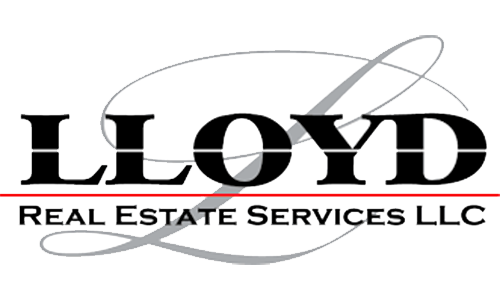The replacement cost method is a crucial approach used in commercial real estate appraisals to estimate the value of a property. Unlike the income approach, which focuses on the property’s income-generating capacity, the replacement cost method centers on the cost of constructing a functionally equivalent building today.
This blog post will explore how this method works and its importance in commercial valuations. The replacement cost method is particularly useful when valuing newer buildings or specialized properties where comparable sales data is scarce. It’s also vital for insurance purposes, helping to determine the cost of rebuilding a structure in case of damage or destruction.
This method, however, isn’t a standalone approach; it’s often used in conjunction with other appraisal methods to provide a more comprehensive valuation. The replacement cost method involves several key steps:
- Estimating the Cost of Construction: This is the most crucial step and involves determining the current cost of constructing a new building that is functionally equivalent to the subject property. This requires detailed analysis of the building’s specifications, including materials, labor, and site preparation. Appraisers often use cost manuals, databases, and local contractors’ estimates to arrive at a realistic construction cost.
- Accounting for Depreciation: New buildings rarely have a market value equal to their construction cost. Buildings depreciate over time due to physical deterioration, functional obsolescence (outdated design or features), and external obsolescence (negative impacts from the surrounding environment). Appraisers carefully assess the level of depreciation in each category and deduct it from the construction cost.
- Physical Deterioration: This accounts for the wear and tear on the building’s physical components, such as the roof, walls, and mechanical systems.
- Functional Obsolescence: This reflects the loss in value due to outdated design or features that are no longer desirable in the current market. For instance, a building lacking modern energy-efficient systems might suffer from functional obsolescence.
- External Obsolescence: This addresses factors outside the property’s control, such as changes in zoning, increased traffic congestion, or environmental concerns.
- Adding Land Value: Once the depreciated replacement cost of the building is determined, the appraiser adds the estimated value of the land. The land value is typically assessed using the sales comparison approach, comparing the subject property’s land to similar parcels in the area.
- Summing the Components: The final step involves adding the depreciated replacement cost of the building and the land value to arrive at the total estimated value of the property using the replacement cost method.
Conclusion
The replacement cost method is a valuable tool in commercial real estate appraisal, especially when dealing with newer buildings or properties with limited comparable sales data. It provides a crucial perspective on the property’s value by focusing on the cost of replication.
However, it’s crucial to remember that this method is most effective when used in conjunction with other valuation approaches, such as the income approach and sales comparison approach, to create a more robust and reliable estimate of the property’s fair market value. A skilled appraiser understands the nuances of each method and utilizes them appropriately to arrive at a comprehensive valuation.

